With each passing day, the world’s silence grows louder. How can we look away from something that we'll describe as unfathomable when we see it printed in our history books? Like many, I struggle to find the right words, but as a content creator, food is my language…
That’s why I am sharing this simple recipe that I cooked together with my friend chef Fadi Kattan (watch our video here). It’s a traditional Sicilian pudding with Arabic roots but at its heart is an ingredient that carries a meaning far bigger than the dish itself.
Significance of the Watermelon
The watermelon has long been more than just a fruit for Palestinians. It’s become a long-standing symbol of identity and resistance. Its story goes back to 1967, after the Six-Day War, when Israel banned the Palestinian flag in Gaza and the West Bank. But even when the flag was outlawed, the colours couldn’t be. Palestinians began using the watermelon because, when cut open, the fruit bears the national colours of their flag — red, black, white and green.
Artists were warned not to use those colours together, even in flowers or abstract paintings. One officer famously said, “Even if you paint a watermelon, it’ll be confiscated.” That only gave the symbol more weight. And while the flag ban was lifted in the ‘90s, the watermelon never stopped showing up when it was needed. It returned during the 2021 Sheikh Jarrah protests and again when new restrictions were placed on flag displays. Activists in Tel Aviv covered taxis with watermelon images that read, “This is not a Palestinian flag,” a nod to the past and a reminder that even when voices are silenced, resistance can speak through something as simple as fruit.
When the World Falls Quiet
For the past 20 months, the world’s silent gaze has been fixed on Gaza.
Aid is blocked. Rescue missions shut down. Activists detained. Every path to safety deliberately sealed. No international press allowed in since the violence began. Hospitals flattened. Water wells filled with cement. Farmland destroyed, cutting off any chance to survive. Civilians trapped without power, clean water or medicine. 2 million people are being starved in Gaza. Over 16,000 children have been killed. And still, the bombs keep falling.
Here are some ways + links to stand with Palestine: donate, educate, boycott, speak up. Remember, our actions are our collective power.
DONATE
EDUCATE
INFO ON BOYCOTTS
About the recipe
This traditional Sicilian dessert is a close cousin of Biancomangiare, the island’s well-known almond pudding. The method is much the same — a simple mix of juice, sugar and starch gently cooked until it coagulates — but here, watermelon takes the lead. Other fruit juices can work too, like mandarin or pomegranate.
Though melone in Italian usually refers to melons in general, this jelly is always made with watermelon. The name comes from the Sicilian dialect word muluna, a nod to the island’s layered history and the Arabic roots that run through its food.
Gelo di Melone (Sicilian Watermelon Jelly)
Active time: 30 minutes
Total time: 30 minutes + 1 hour 15 minutes cooling
Ingredients
Watermelon Juice
700g watermelon flesh (from half a medium watermelon, around 1.25kg)
Gelo di Melone
500ml watermelon juice (from above)
50g golden granulated sugar
50g cornflour
2 tbsp lemon juice (30 ml)
1 small cinnamon stick (optional)
3-4 jasmine blossoms (optional)
A handful of pistachios
1-2 pieces of chocolate
a few mint leaves
Method
To make the watermelon juice, cut the watermelon in half, scoop out the watermelon flesh, add to a blender and blend until smooth, then pass the purée through a sieve and discard the pulp. Measure out 500ml of the juice. Refrigerate any leftover juice and serve it cold with some mint.
In a small saucepan, whisk 4 tablespoons of the watermelon juice with all of the sugar and cornflour into a slurry, then whisk in the remaining juice along with the lemon juice and add the cinnamon stick and jasmine flowers, if using. Slowly bring the liquid to a gentle boil while whisking often.
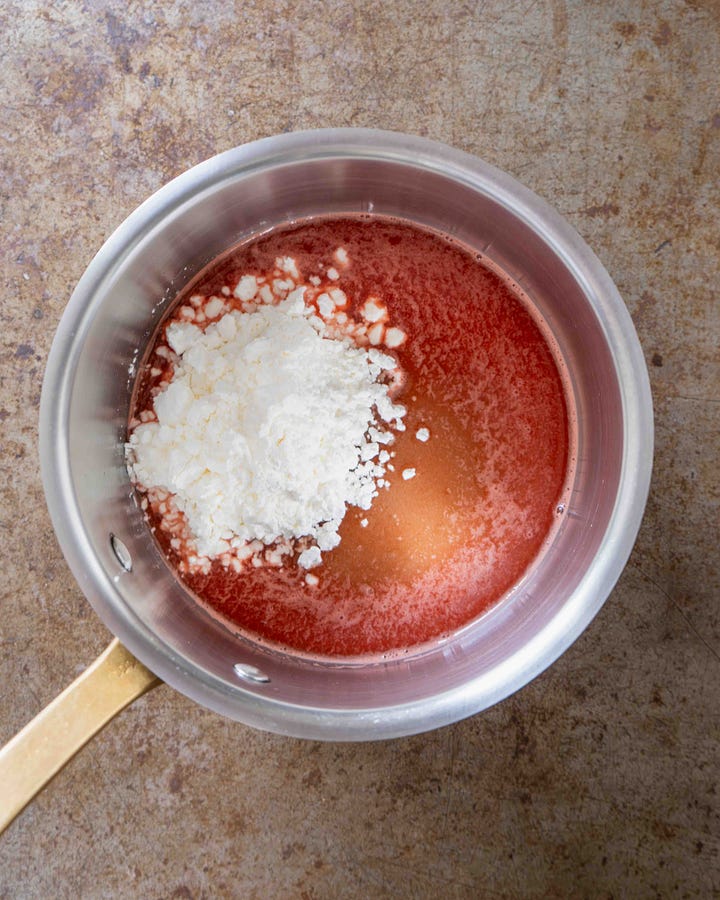
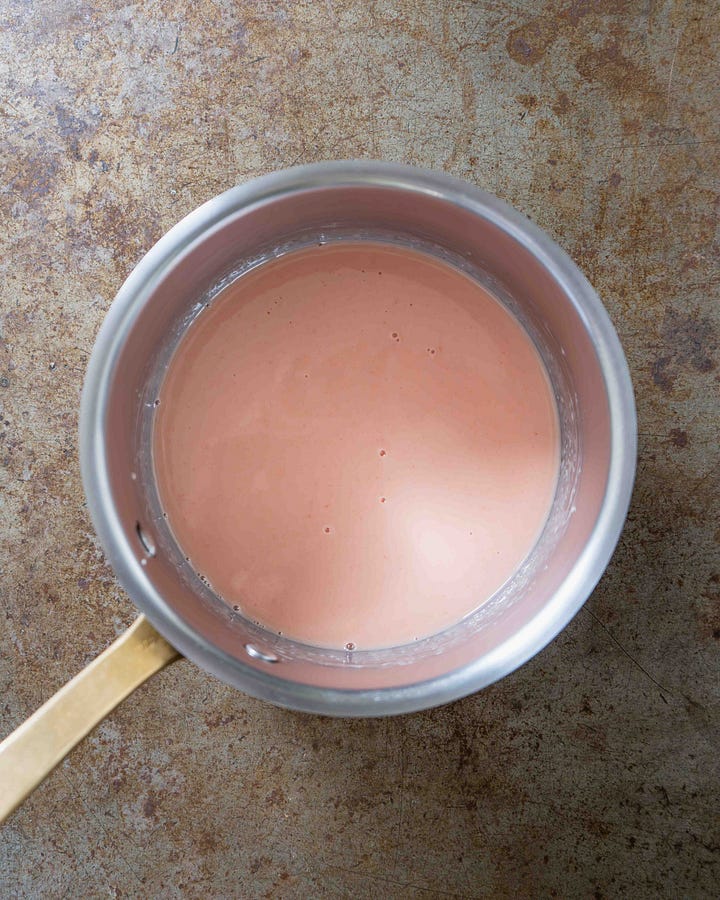
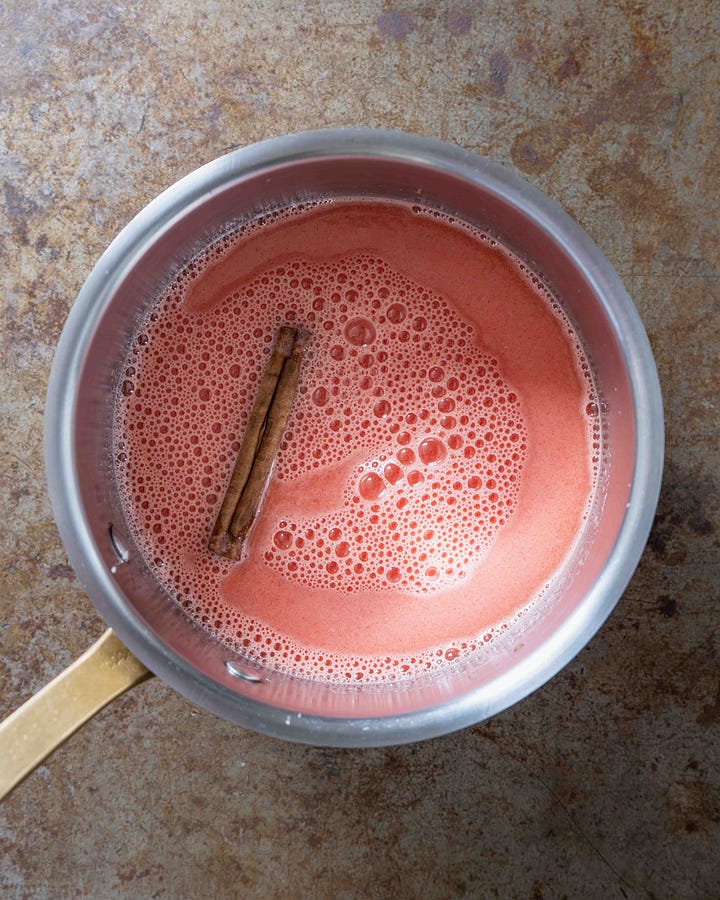
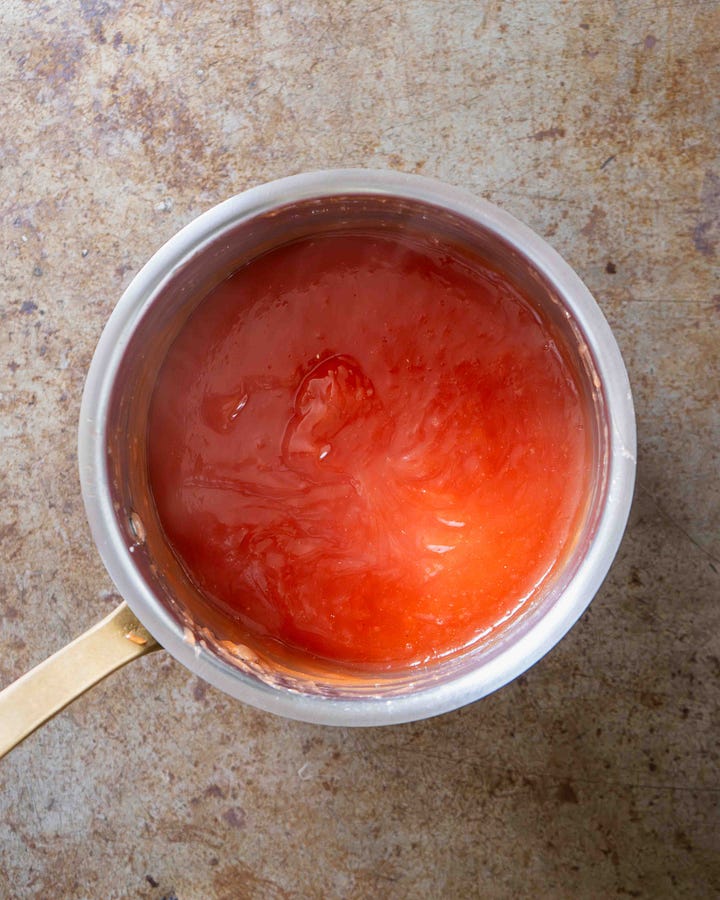
Continue cooking until the liquid begins to thicken, then reduce the heat to low and simmer for 3-4 minutes more, stirring it often. Turn off the heat and discard the cinnamon and jasmine flowers.
Divide the mixture evenly between four molds or bowls, allow to cool slightly (10-15 minutes), then refrigerate for at least 1 hour to firm up. Meanwhile, roughly chop the pistachios and chocolate; tear the mint leaves.
To serve, tip out the jelly onto a plate and top it with the pistachios, chocolate and mint leaves.
This week’s newsletter is a bit earlier than usual (instead of Friday). I filmed this recipe last week at Akub, Fadi’s Palestinian restaurant in West London, and wanted to share it as quickly as possible.
If you want to show your support for a free Palestine, consider making this watermelon jelly as a small gesture of solidarity, or choose a recipe that resonates with you. Silence carries no echo. Yet every action, however small, does.
Much love,
Julius


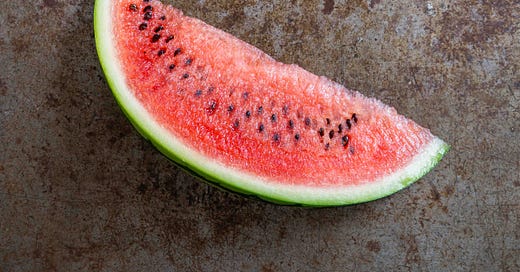


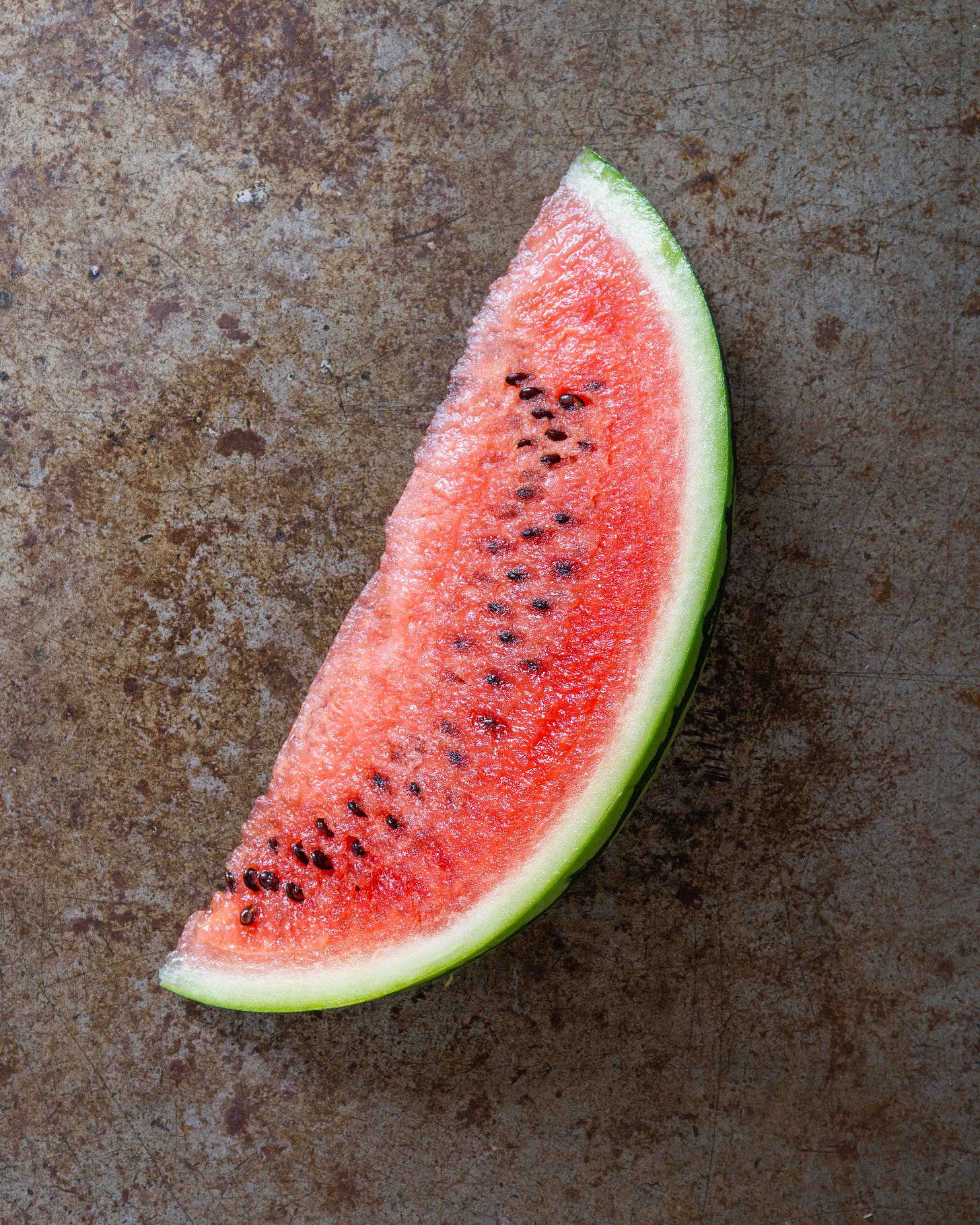
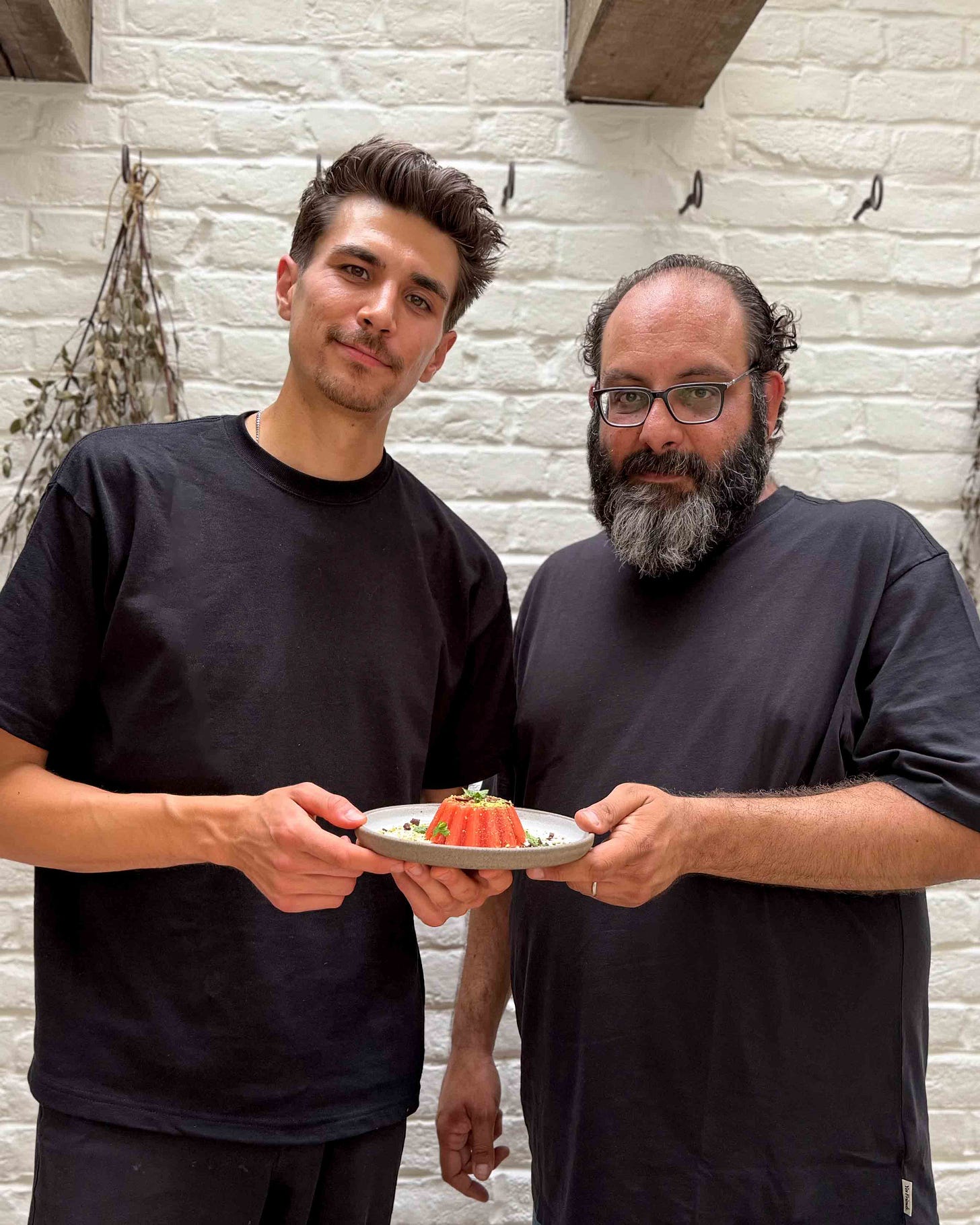


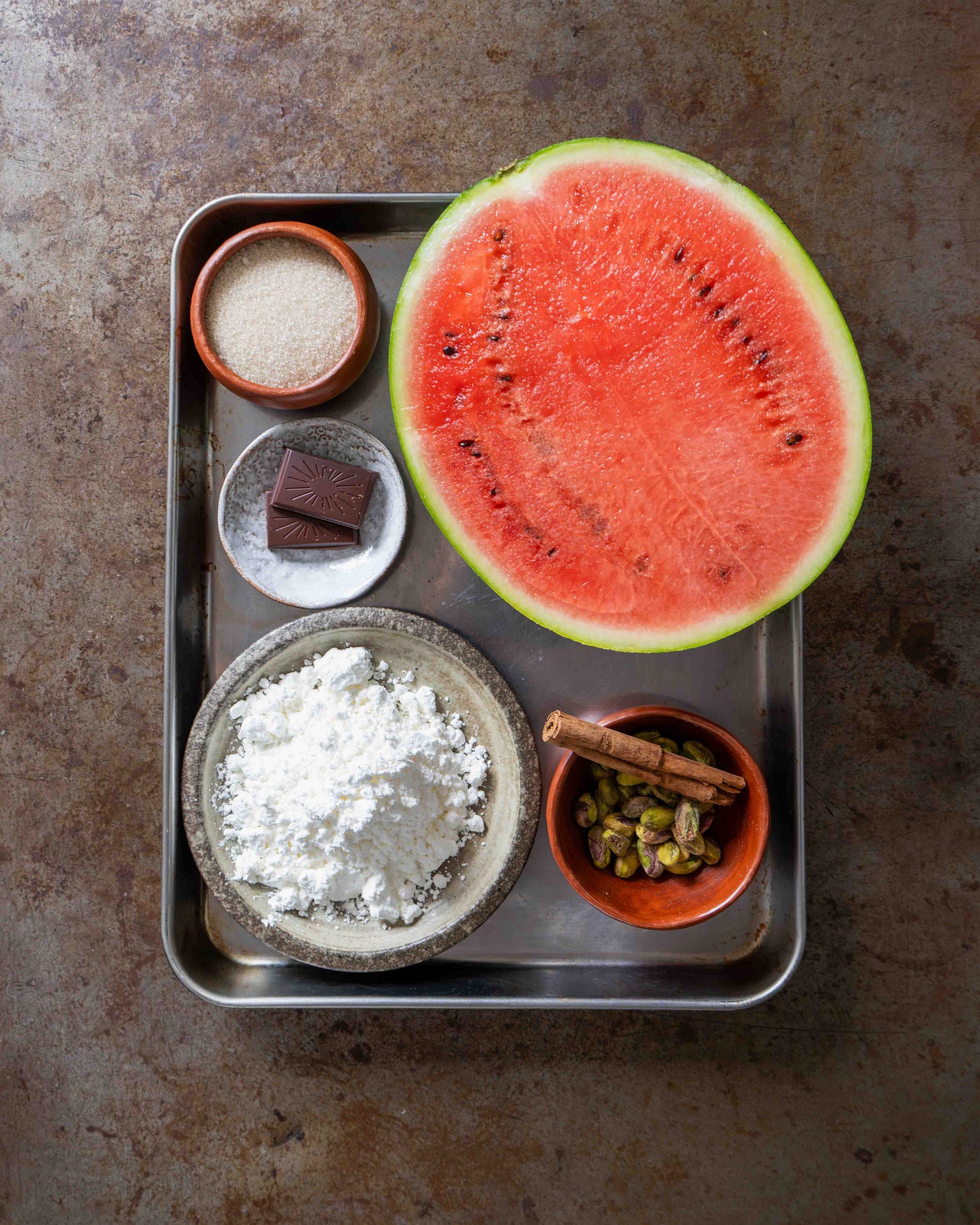
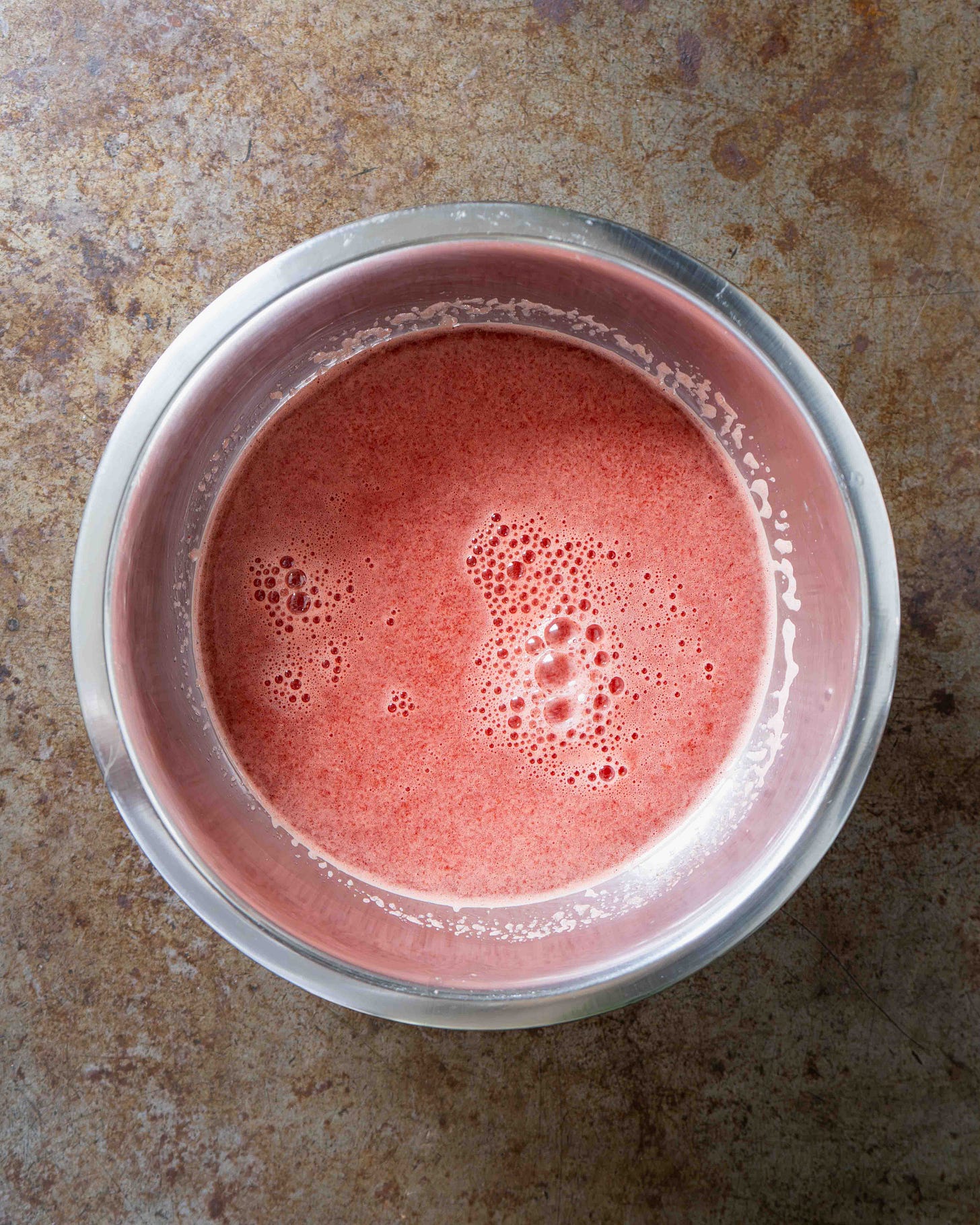
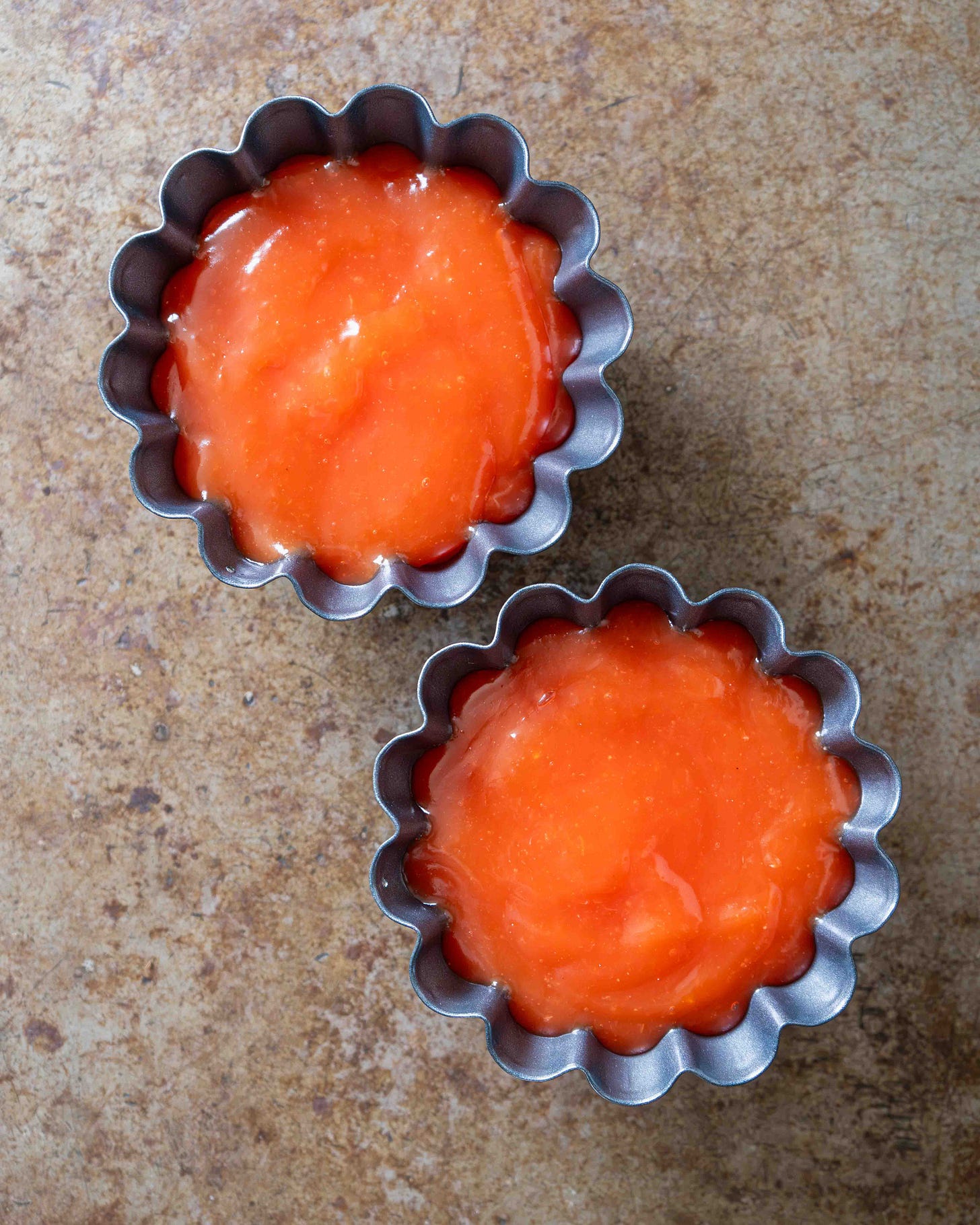
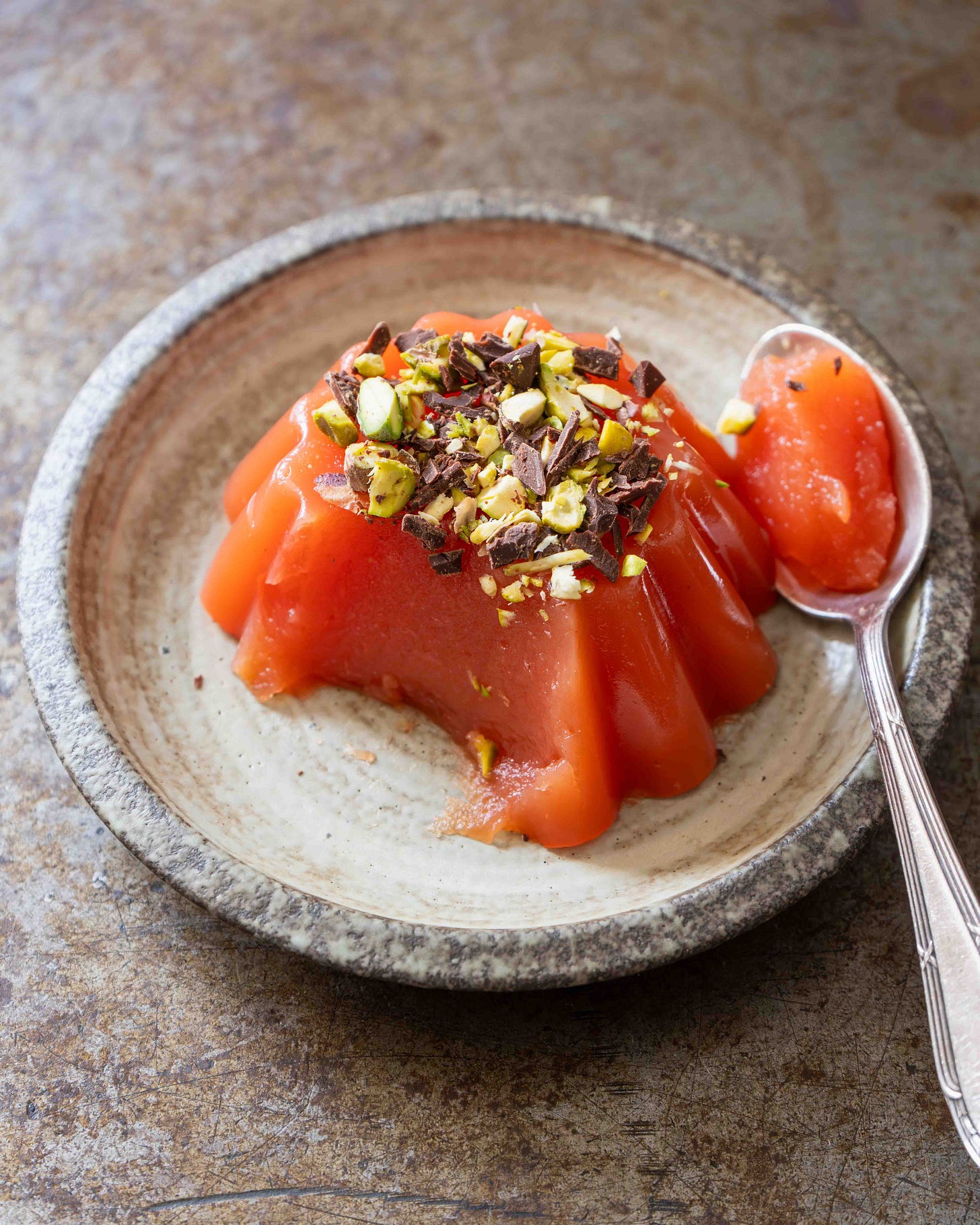
Thank you. I remember having this at my Palestinian friends house it’s delicious!
Thank you for using your platform to uplift and educate